Recently I had decided that I wanted to build computers to sell. I didn't know much about building them, but everyone and their dog who knew anything about computers told me that it was the easiest thing to put them together, and they are.
However, there are things that people either don't know or don't understand about building computers that you must keep in mind if you plan to put one together. Some of these next pieces of advice can be common knowledge for some, but all of them must be kept in mind if you plan on actually building one of these.
1. Think Legos. Big, expensive Legos

Computers are surprisingly simple to put together. Today a person needs to know just enough about computers to google how to do something. No programming, no debugging, just putting things where the instructions tell you to, and plugging things in correctly. That being said...
2. Buy the right tools for the job
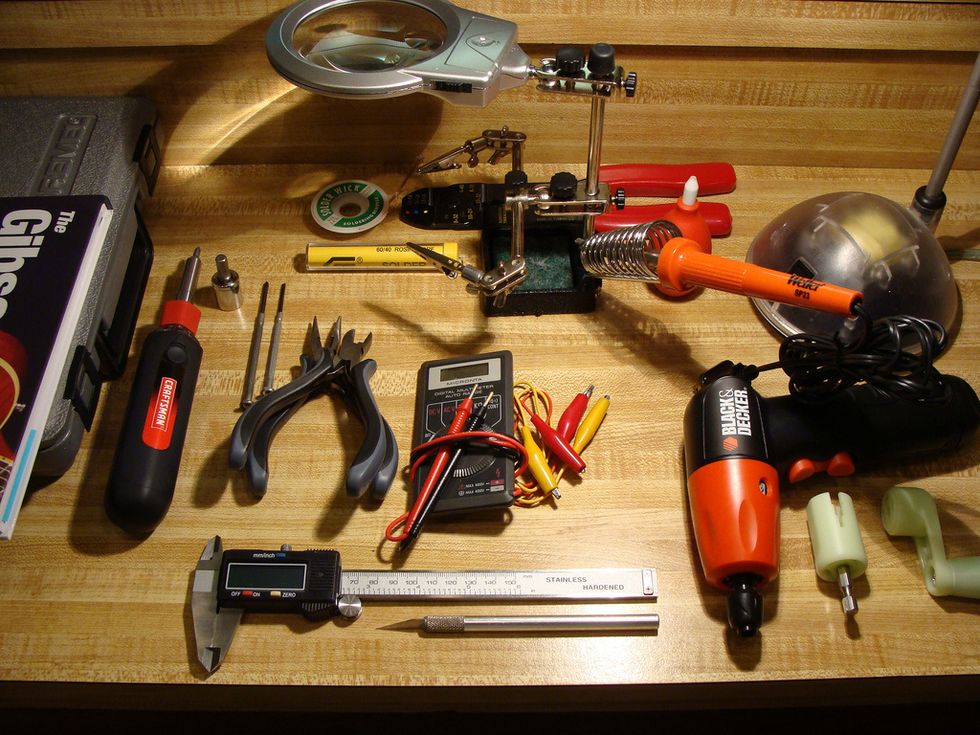
The common misconception about needing lots of specialty tools to put a computer together is false. 99 times out of 100 all you will need is a small Phillips screwdriver, but here are a few suggestions that might improve your quality of life.
That screwdriver? Well, it would be even better if it had a magnetic head, just in case you drop that screw underneath a part in the case and need to go fishing for it.
Also, a grounding strap is a great investment. Old pros might tell you that you don't need one if you're careful, but, especially if you are doing this for the first time, you don't want to take the risk of accidentally frying that $200 CPU do you? Speaking of first time, you might want to...
3. Find a workspace
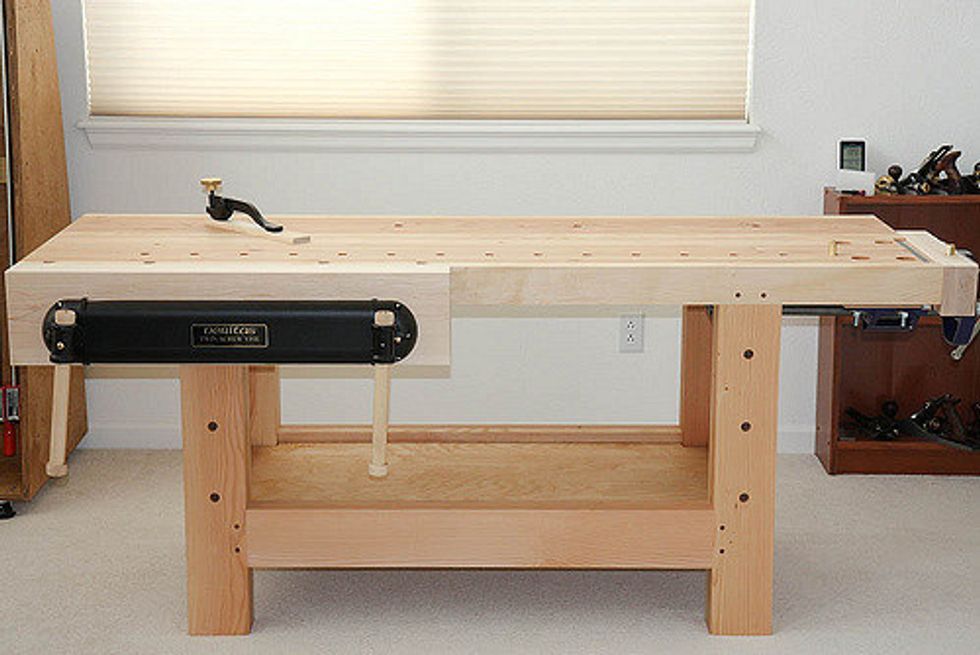
I can talk from experience in saying that space is a blessing. I took apart my first computer on the counter of my dorm kitchen. By the time everything was out of the case there was almost no room left to move things around on my counter.
Also considering I did all this next to a fish tank (all the real computer people shudder right about now,) it can be wise to plan out a workspace and some place to store parts while you're working.
4. Set a budget

Don't let the idea of "saving money" excite you too much. I recently "built" the PC I currently own online and found that I would have saved about $100 if I had built it myself.
Now, $100 is a lot of money, but when you go and buy a computer for $900 instead of building it for $800 and change, sometimes skipping the potential headache is worth the extra spent money. Figuring out how much you plan on spending is important, and setting it will help you understand what kind of computer you can afford.
5. Pay attention to what you buy
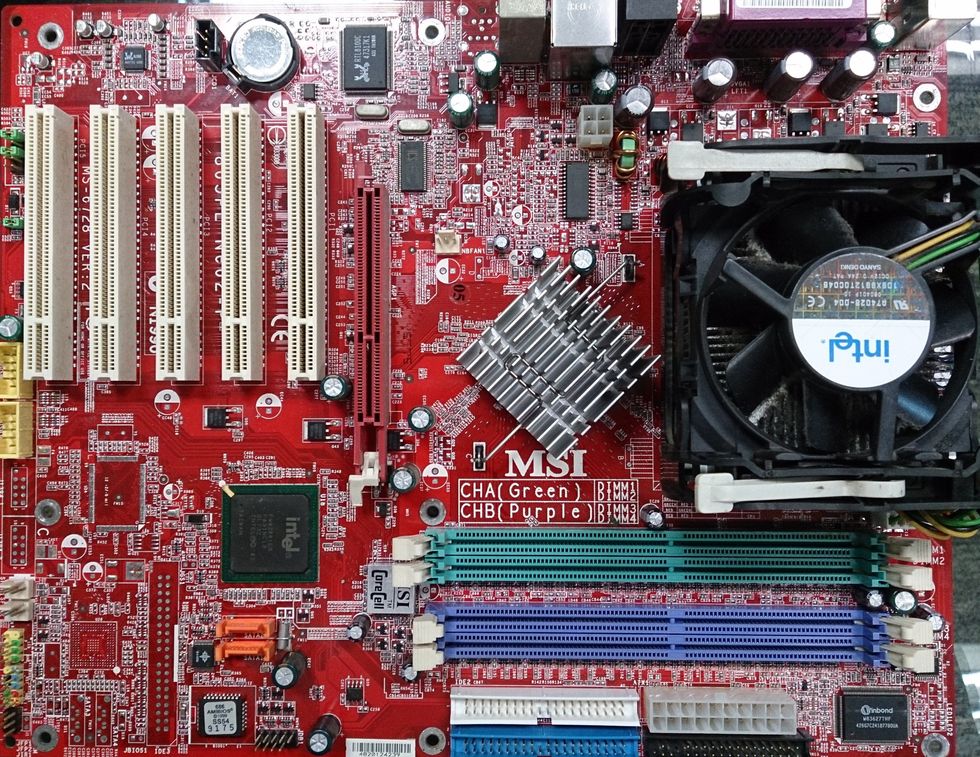
Put a list together. Know what you need to buy (motherboard, CPU, power plant, etc.) and exactly what those parts can handle (don't mix low-end power plant with high-end parts for example.)
The PC part picker website is a great place to help yourself know exactly what you need to put your PC together, and will also help you get an idea of how much you plan to spend.
6. Plan ahead
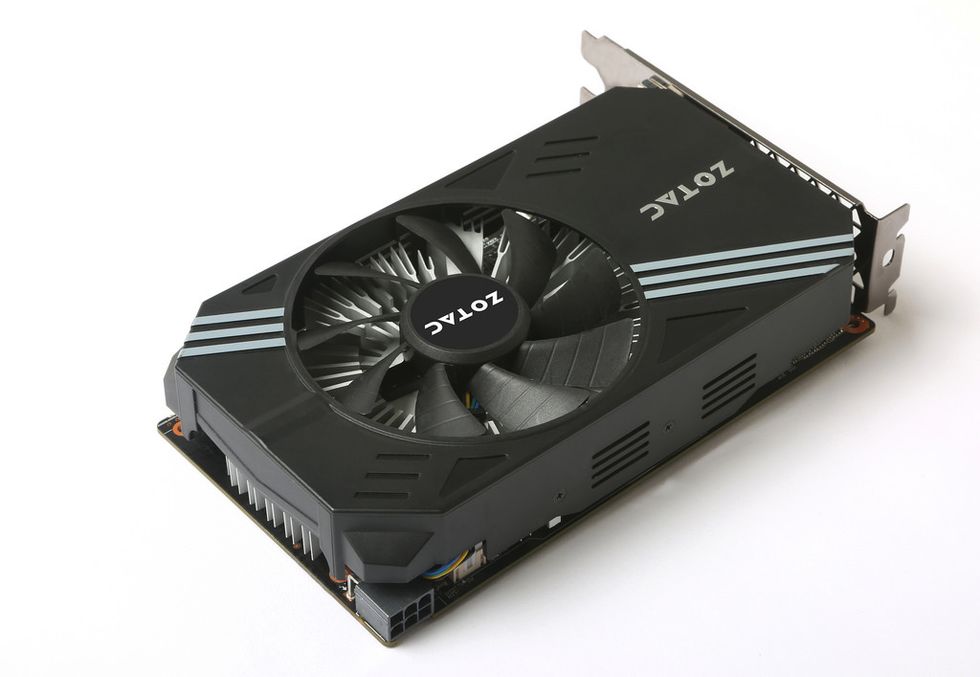
Give yourself a time frame of when you plan to put the PC together. A first time builder can expect to spend several hours putting a PC together, which is fine.
Just remember that when you start putting a computer together it's a good idea to do your best to finish what you start. certain parts are sensitive (hard drives, CPUs, etc.) and the sooner you can get them into the safety of the case the better.
These tips are meant for beginners and are just some realities involving computers. If you have read the warnings (okay, the advice, not warnings) and still plan on building your own computer, stick around. I'll have more information next week involving how to pick your parts, and how to all of these different parts work together!

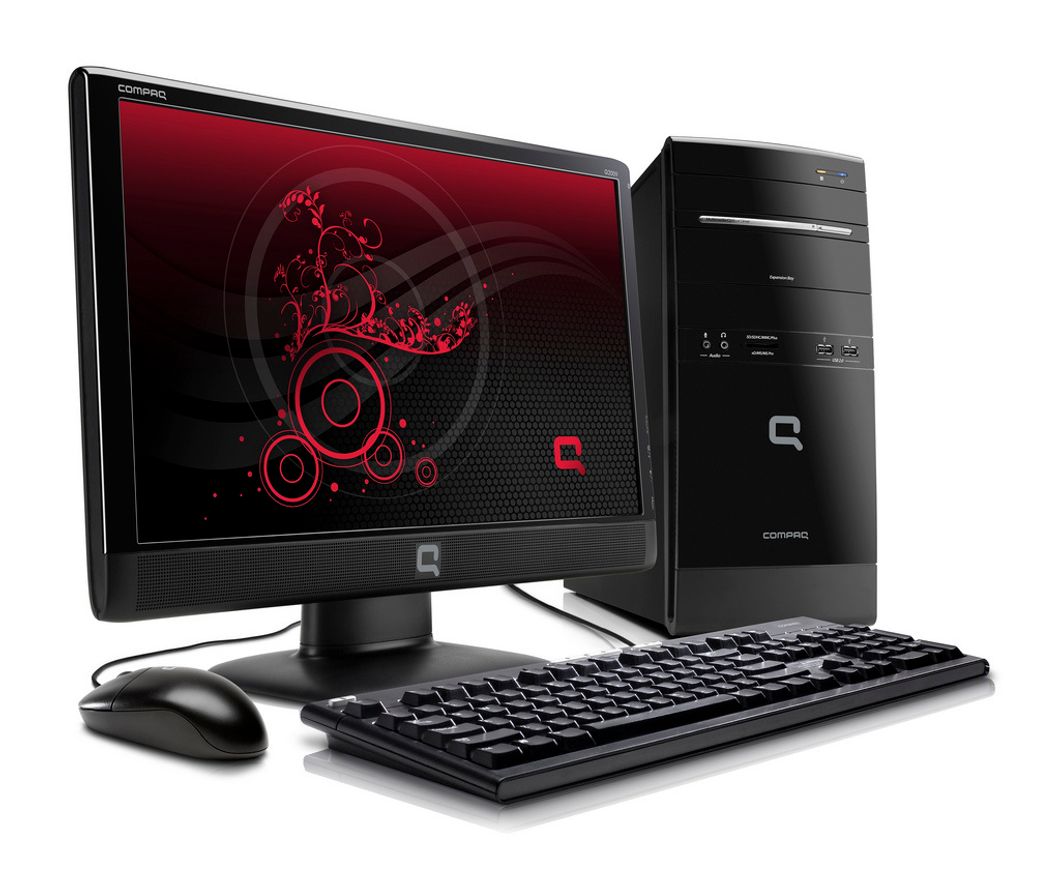




 The minimum wage is not a living wage.
StableDiffusion
The minimum wage is not a living wage.
StableDiffusion
 influential nations
StableDiffusion
influential nations
StableDiffusion












